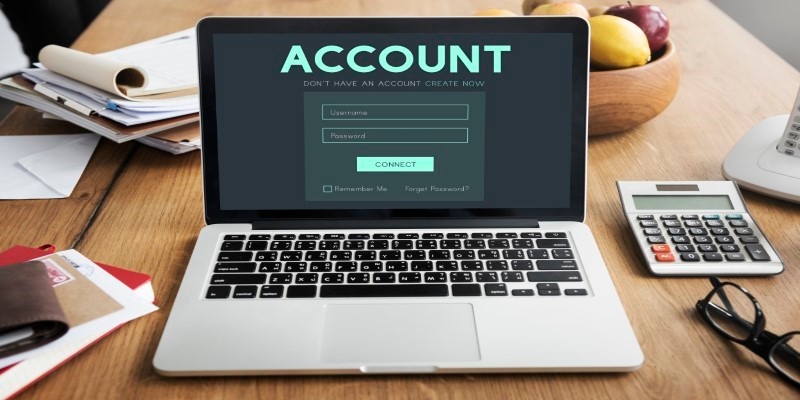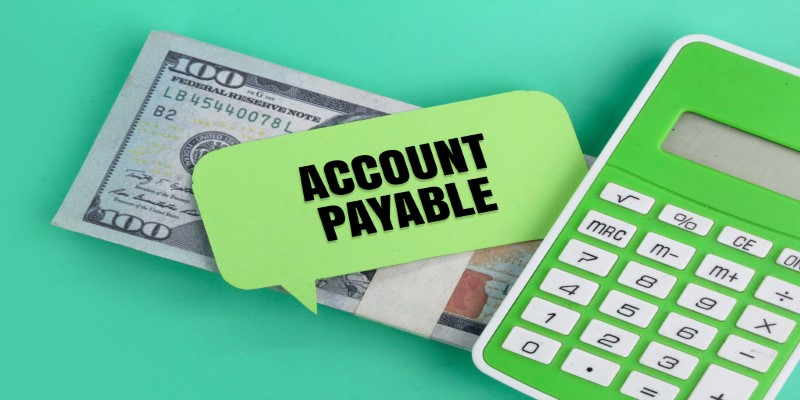Several accounts and technologies in the financial domain are designed to make the financial lives of people and their beneficiaries easier. The Payable on Death (POD) account is one helpful tool that is frequently disregarded.
A bank account that is Payable on Death simplifies and speeds up the process of transferring funds from your bank or credit union accounts to one or more designated beneficiaries. This guide explores the features, setup procedures, advantages, and disadvantages of a Payable on Death bank account.
What to Know About Payable on Death (POD) and How It Works?
A payee-bank or pay-credit-union arrangement known as "Payable on Death" (POD) allows the account holder to name beneficiaries who will inherit all their assets upon passing. As soon as the account holder passes away, these assets are transferred. A POD account is primarily chosen to stay out of probate court procedures following the account holder's death.
Transforming an account into a POD account is a simple procedure. After the account holder notifies the bank of their beneficiary of choice, it furnishes a beneficiary designation form, sometimes called a Totten trust. The bank can convert the account to a POD upon completing the form.
No access to the balance is granted to the designated beneficiary while the bank account holder is living. The beneficiary does not automatically take over ownership of the account—probate is still required—until the account holder dies. On the other hand, the POD account can be vulnerable to demands from lenders and the government if the person who holds it has outstanding taxes or bills.
If the assets in the POD account were purchased before marriage or were inherited, the spouse in a community property jurisdiction might be entitled to half the assets. If the bank account is jointly possessed, the designated beneficiary won't be able to access the money until the last owner's death.
The lowest amount of money in a POD account is not limited, and the account user has the freedom to manage or spend the money before passing away. A certified copy of the account holder's death certificate and a government ID are required as forms of identity verification for the beneficiary to be eligible to receive the cash.
How do you create a Payable on Death (POD) Account?
The procedure of creating a Payable on Death (POD) account is simple, and it can be applied to several different account kinds, such as investment accounts, savings accounts, certificates of deposit (CDs), personal checking accounts, and individual retirement accounts (IRAs). The steps to create a POD account are as follows:

POD Paperwork Request
Get the payable-on-death documentation by contacting the bank or credit association where your account is located. One could refer to this form as a Totten trust document. You might have to go to a branch in person if you need the required paperwork.
Select Beneficiary
Select the person who will get the money in the account upon passing. Enter the beneficiary's legal name, birthdate, address, and Social Security number on the form.
Fill Out Forms
Enter the necessary data in the POD form. Verify that every detail is accurate and corresponds to the beneficiary's data.
Offer Supporting Documentation
Ensure that you include any supporting documents that the financial institution requires. This could differ, but it might contain the beneficiary's personal information.
Send in Filled-Out Forms
Return the completed paperwork and supporting papers to the credit union or bank. The financial institution may require you to provide these documents in person, or you may need to follow their particular submission guidelines.
Perks of Payable on Death (POD) Account
Creating a Payable on Death (POD) account has several benefits.
Probate Bypass
The account assets bypass the probate process and go straight to the specified recipient. An inheritance might have to undergo a costly and time-consuming legal procedure called probate.
Increased (FDIC) Insurance Coverage
Accounts designated as PODs are eligible for an increase in FDIC insurance coverage. They can be covered over the typical $250,000 coverage limit, up to $1,250,000 over five accounts with various beneficiaries.
Supersedes last will Directives
The designated beneficiary on the POD account will receive the assets regardless of the terms stated in the will.

Cons of Payable on Death (POD) Account
Although accounts designated as Payable on Death (POD) have benefits, there are also certain disadvantages to consider.
The Limitation of a Single Beneficiary
Having no other beneficiaries named is a significant disadvantage. If the principal beneficiary outlives the account holder, proceeds to the estate or will could cause issues. A workaround for this constraint is to name several beneficiaries.
The Difficulties of Estate Settlement
It can be challenging for the executor to use POD accounts to pay taxes and other debts connected to a more significant estate. Government and creditor claims could be made against the money in the POD account.
Complex Division with Several Recipients
While naming several beneficiaries is a possible solution, it can cause complications when distributing the proceeds from different financial instruments, such as bonds. Beneficiaries may need to negotiate and make concessions to allocate the money fairly.
The Bottom Line!
Regrettably, some people create accounts without designating beneficiaries, which puts their heirs at risk of paying for probate expenses when the account holder dies. This emphasizes how beneficiary designations should be included in estate planning to simplify asset transfers and lessen possible financial and legal difficulties for heirs.




